Researchers in Japan propose a more efficient method to reduce radioactive waste; fast reactor system shortens the lifetime of LLFPs
Green Car Congress
DECEMBER 11, 2017
A team of scientists at Tokyo Institute of Technology (Tokyo Tech) working in collaboration with Tohoku University, Tokyo City University and the Japan Atomic Energy Agency has proposed a novel, more efficient method to reduce radioactive waste. The team showed that support ratios of more than 1.0



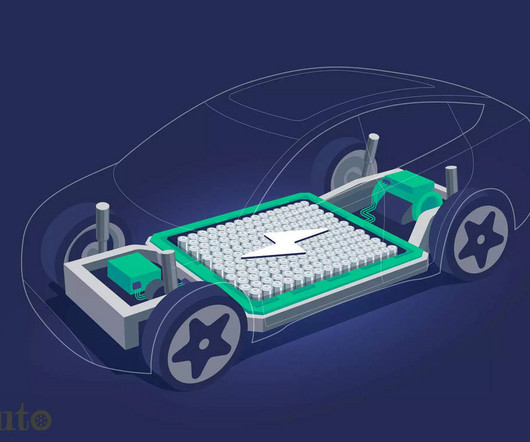



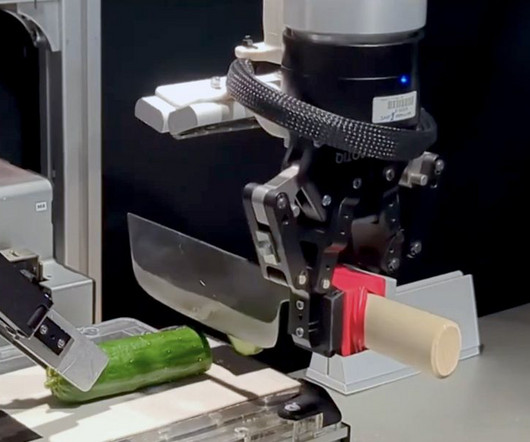

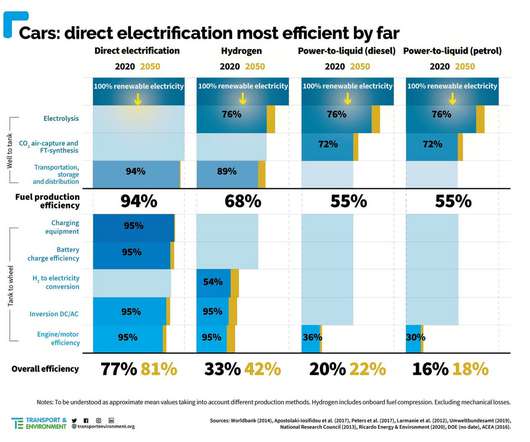


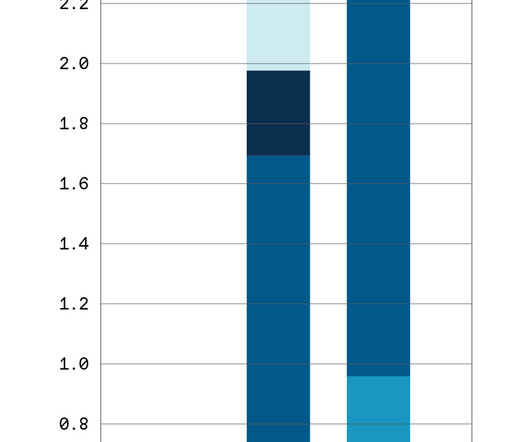



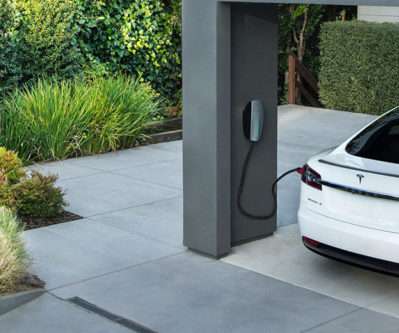
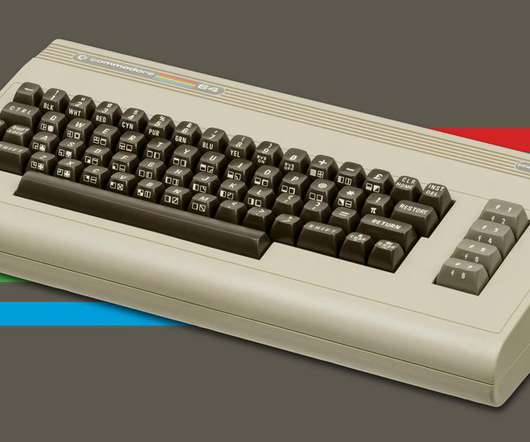









Let's personalize your content